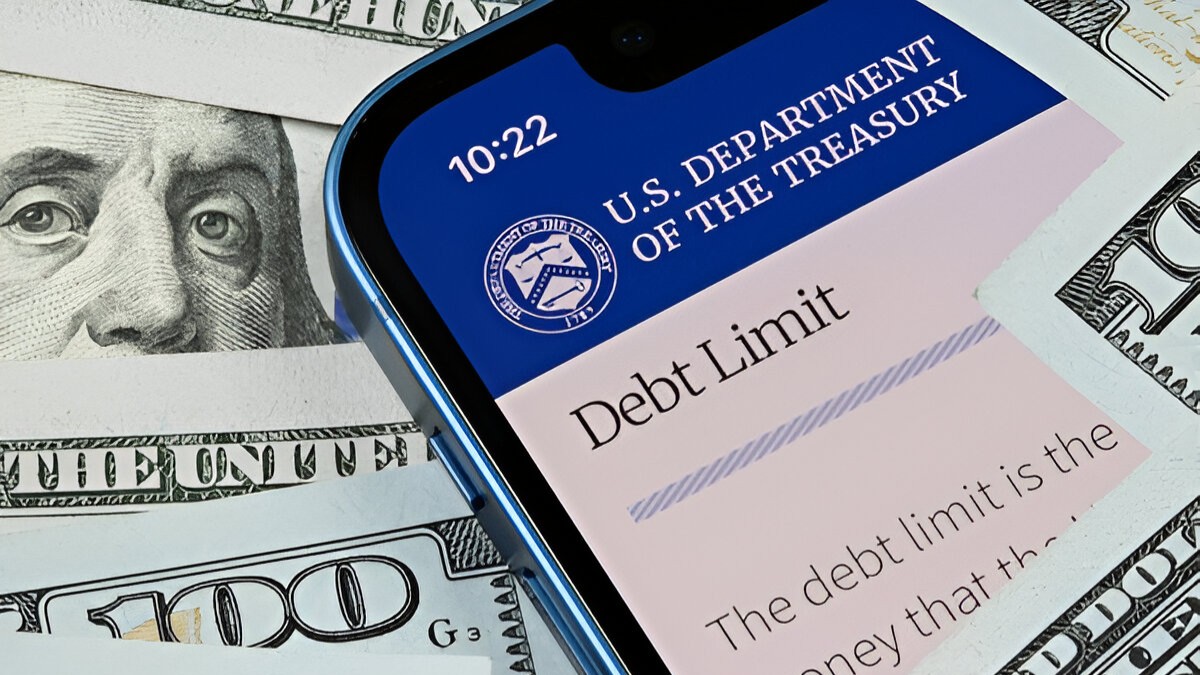If an individual wants a secure and fast method to increase the amount of his/her money, then he/she should know how to invest in Treasury Bills. These are short-term investments secured by the U.S. government, so they are kept very low-risk.
The option of invest in Treasury Bills is a good one for someone who does not want to take any risks and is only focused on earning money through the means of investment. T-bills are simple to comprehend and pocket which a great choice for both new and old investors is.
How Treasury Bills Work
When you invest in Treasury Bills, the U.S. government temporarily uses your money, which it actually financed most times from 4 to 52 weeks or maybe the ultimate period is 1 year. The whole amount of the T-bill is paid by the government after the end of a period. Suppose you purchased a $1,000 T-bill for $960, you will be given $1,000 when the T-bill matures, thus a profit of $40 is assured. The difference is money coming back to you and is referred to as interest or return.
The Government sells them at a discount, but it is guaranteed to pay you back the face value when it matures. Therefore, T-bills are a secured and extremely safe way of investing in Treasury Bills.
How to Buy Treasury Bills: Step-by-Step Guide
In attempting to invest in Treasury Bills easily, you only need to follow these steps:
- First, you must create an account on TreasuryDirect.gov or pick a brokerage firm that will allow you to buy the T-bills.
- You are free to select whatever T-bill term you prefer. It can be anything between four weeks, 13 weeks, 26 weeks, or 52 weeks. The most important thing is to decide on how long you are willing to invest in Treasury Bills.
- T-bills are normally distributed through the auction. The buyer of the T-bill term decides the amount he/she wants to invest after determining the time to be used by the bill in an investment.
- When you get through the above three steps, you may be required to ask your bank to withdraw the amount you have ordered from your personal account to your bank account. After the closing of the auction, you will receive your T-Bills. Upon their maturity, you will be handed the full value of the T-bills. Decide how much you are prepared to invest and be ready to withdraw funds from your account.
Is It Worth It to Invest in Treasury Bills?
Even though T-bills have a secured yield, their returns are not as high as those of other investment options. Nevertheless, Treasury Bills are ideal for you if you desire low-risk investments. T-Bills are not subject to state and local taxes, a feature that can be beneficial in places with high taxes.
As long as the return is not your only priority and your main objective is a safe investment, you may consider investing in U.S. Treasury bonds a better option. It’s not only a low-yield return but also a good way to save money with little interest income.
How to Invest in Treasury Bills- FAQs:
1. What are Treasury Bills?
Treasury Bills (T-bills) are the U.S. government’s way of borrowing a smaller amount of money that is needed for a period of one year or less. They are sold at a discount, and at the end of the term, the government repays the holder of the bill the full face value. T-bills are a low-risk investment and are easily funded under the credit of the U.S. government.
2. How do I invest in Treasury Bills?
One way of purchasing T-bills is through TreasuryDirect.gov or through a brokerage firm. Once you are enrolled in an account, you simply need to choose the T-bill term and the amount of money you would like to invest. After the completion of the auction, the T-bill will be transferred to you. As such, there is no hassle of any intermediaries being involved in the acquisition process by any group.
3. Are Treasury Bills a good investment?
Yes, Treasury Bills are a secure and sure investment under the shelter of the U.S. government. Although low interest is their downside, their security and ease of investing are factors that make T-Bills a good choice for risk-averse investors.
4. How long Treasury Bills last?
The maturities of T-bills vary from a period of four weeks to one year. The most commonly used terms are 4, 8, 13, 26, and 52 weeks. When a T-bill is paid off, the holder receives the entire face value by the promised date.









